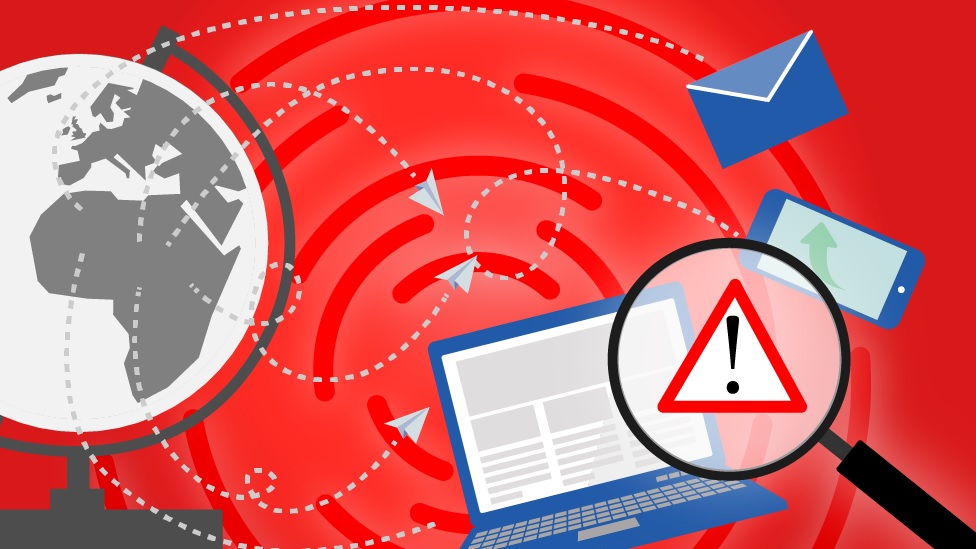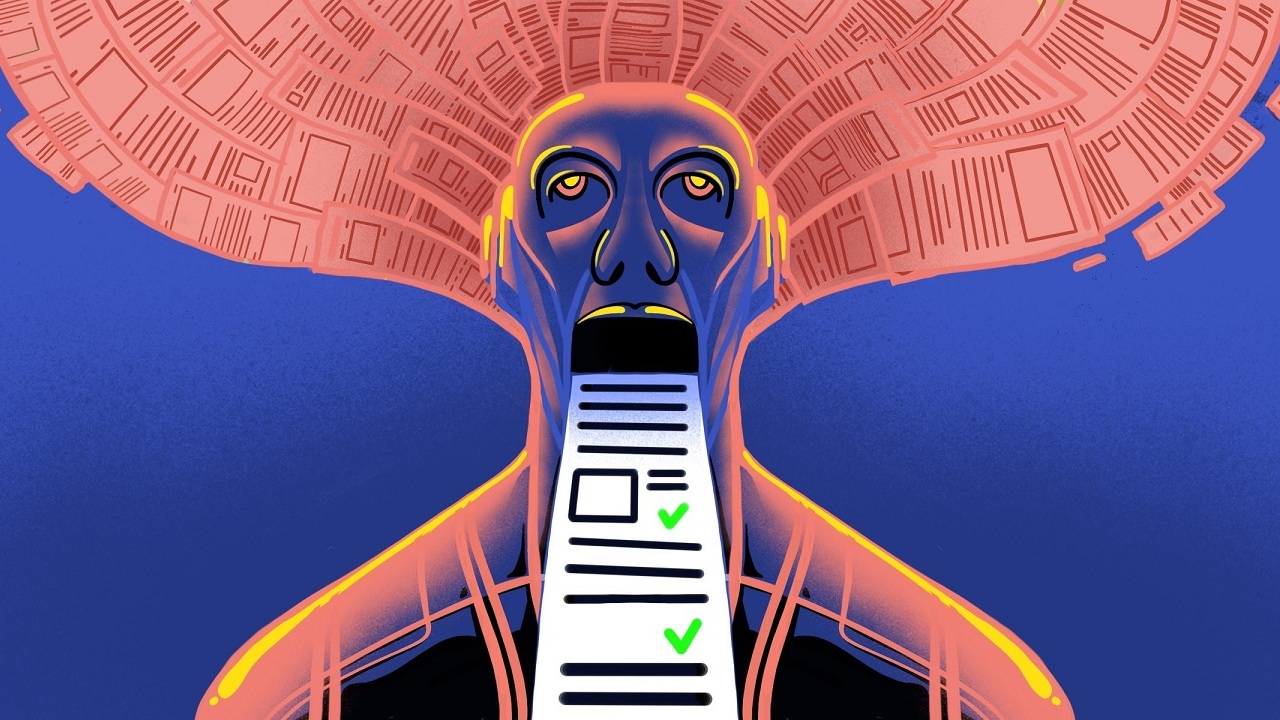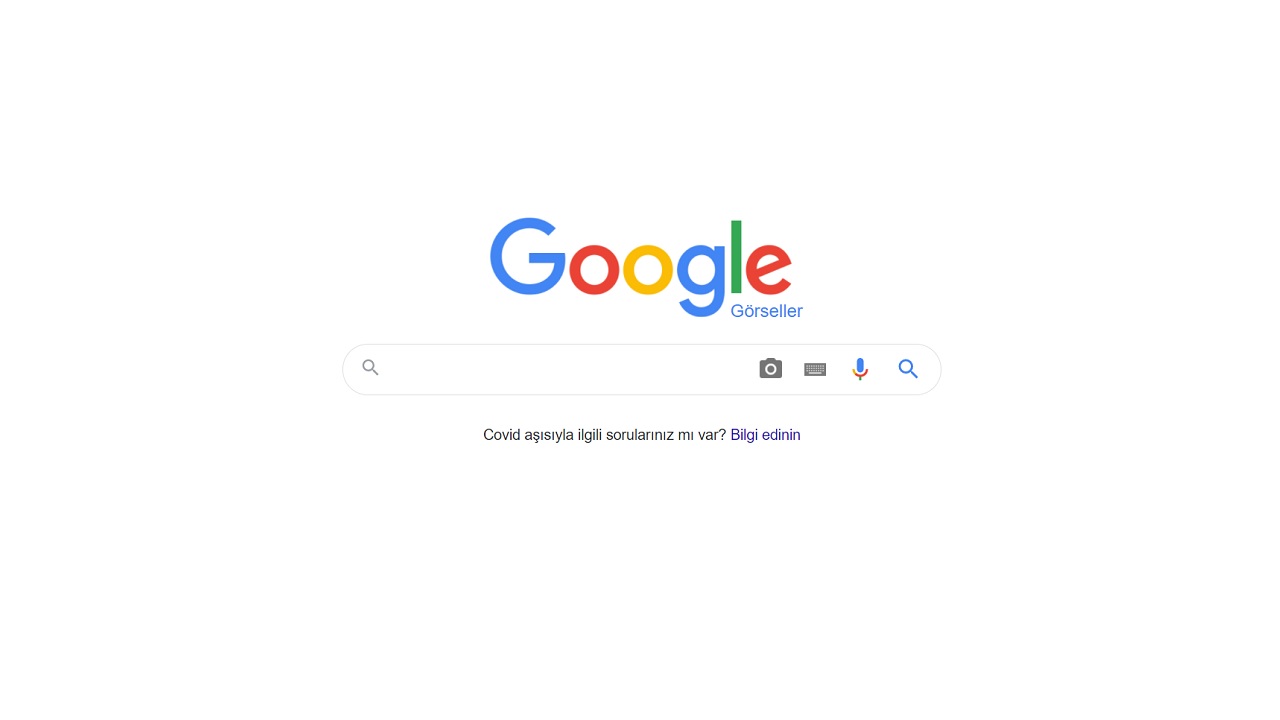Social media platforms are not just a means of entertainment, they have now become the main source of information for many people. However, the probability of this information being inaccurate is very high. So, how do we confirm the news we see on social media? There are some important points that you should pay attention to in order to stay away from information pollution.
The greatest value that the Internet has brought to users is time. We no longer have to wait for the main news bulletin time or tomorrow’s newspaper to find out about an event. We can learn the latest news and information from websites and even social media platforms. With this not confirmed, The number of incorrect or deliberately distorted content is increasing day by day.
Unconfirmed information dissemination is one of the biggest problems all over the world. Because it was shared by an unknown social media user. confirmation Large masses can be affected by an undetected news or information. The news and information we see on social media platforms There are some methods to confirm. Thanks to these methods, you can get away from information pollution and reach the truth itself.
Ways to keep in mind to confirm social media information:
- Be skeptical of the news you see.
- Try source verification.
- Inquire about the news on different platforms.
- Do a Google reverse image search.
- Do not rely on screenshots.
- Confirm the same news from different sources.
- Access official sources.
- Check the release date.
- Don’t just interpret the news based on the headlines.
- Have reliable sources that you can refer to.
Be skeptical of the news you see:

You can actually use the skeptical approach in every area of your life. Never immediately believe a word someone says, an information you read somewhere, an idea described in a book, or a news you see on social media. Using different confirmation methods, your mind and conscience Question any information you have learned. You will surely reach the right result.
Generally confirmation system is based on this doubt. The research process begins with the suspicion of the learned knowledge. Much more information is learned in the research process and this deepens the research process even more. Unfortunately information is easy, and the right information is difficult to reach. We are in a period. For this reason, we should always be suspicious of easily accessible information and strive for accurate information.
Try source verification:

An unidentified new account is created just to gain followers and engagement. a sensational piece of information may have put. Go to the source account that made the post and review it. See if there is a news or information sharing account that has been doing this for a long time. If necessary, contact this account and ask where it got the information. Try to get to the source of the news to get a sensible response.
Inquire about the news on different platforms:

Try to confirm a news you see on Instagram on Twitter, a news you see on Twitter on Facebook, and a news you see on Facebook on a website with a current flow. Even if it’s a news source. information shared only by a Twitter account Do not trust its accuracy. Surely, different sources and different platforms must have shared the same news.
Do a Google reverse image search:

The biggest deception in news and information shared on social media is done through visuals. An image of an event that happened years ago can be shared as if it were new. An unknown stock photo, as if it belonged to a real event and a person can be shared. With Google reverse image search, you can easily access the source of the shared image and learn the correct information.
Do not trust screenshots:

Screenshots of the posts of famous names and politicians are taken all over the world and are kept by some people in case the sharing is deleted. However, this also paves the way for great deceptions. A simple economy sharing, with minor changes to It can easily become a criminal element. That’s why the screenshots are credible, not considered one of the sources confirming the news.
Confirm the same news from different sources:

Some social media accounts and websites may unilaterally broadcast and share in order to defend a particular view or ideology. Even if the news is true Since it is only reflected from a one-sided point of view, it is amenable to deceiving the reader. Therefore, try to confirm the news you see from as many different sources as possible. You can see that the accounts advocating different views give the same news in different ways and that the event is actually completely different.
Get official resources:

Today, all official institutions have a website and social media account. Whichever institution falls under the jurisdiction of the event, that institution definitely makes a post on its website or social media account, and these posts are shared. accepted as an official statement. Therefore, do not trust any statement that you have not seen from official sources.
Check the release date:

Especially in Facebook and WhatsApp groups, we often see that old news are shared as if they were new events. The event and the news are real but maybe it happened years ago and is not valid today. This form of sharing, even unconsciously, is an act to deceive the reader. Therefore, check the publication date of the news and information you see. For accurate information, it will be enough to add the date to the Google search. Thus, you will see the most up-to-date information on the subject.
Don’t just interpret the news based on the headlines:

We can encounter thousands of content prepared and published for the purpose of clickbait, also called clickbait, on social media platforms. The titles, headlines, of the contents prepared for such a purpose are also generally to activate the reader and prepared for clicking the link. For this reason, they may share clear and non-explanatory information, even if it is not false. When you see content with such a title, examine the content in detail.
Have reliable sources you can refer to:

Never settle for just a few sources for information. However, you have been following for a long time and that you haven’t seen sharing any false news you can use some sources as main reference. Don’t believe every news you see around here, but ‘It may be true if it’s shared here too.’ you can think of as. Each user can determine the source to be referenced according to their own preferences. However, you should consider sources that you know to be trusted by everyone.
In order to prevent information pollution, we see on social media How do we confirm information We answered the question and explained some methods you can apply for confirmation. Don’t believe anything you see these days, when information is easy and accurate information is difficult, and apply a few simple methods to confirm it.
